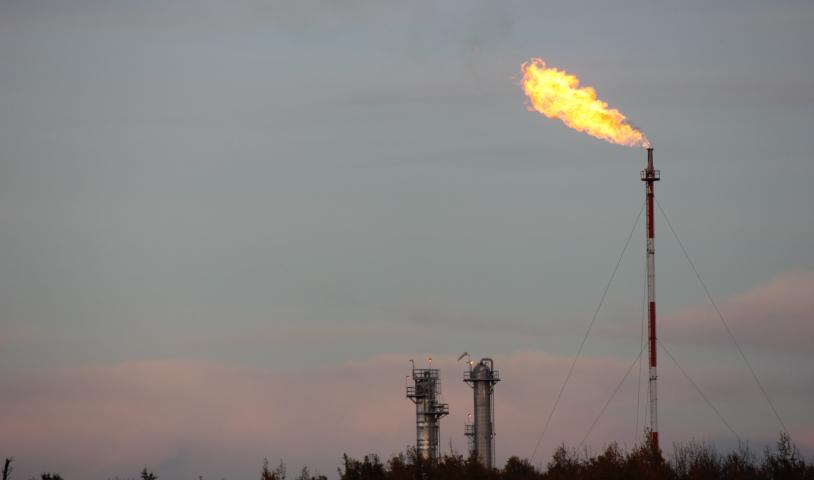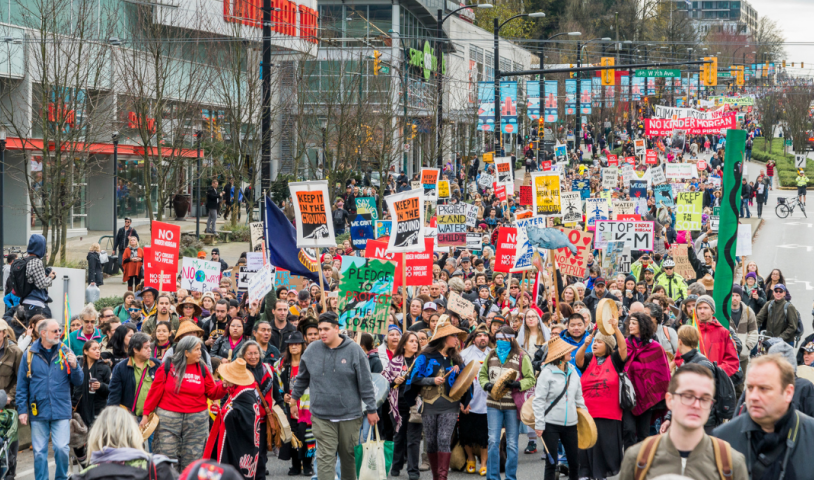Site C Dam will change river system: recent event intended to draw awareness
Thursday, August 2, 2012
BC Hydro’s proposed Site C Dam continues to attract attention from concerned parties on both the B.C. and Alberta side of the Peace River.
On July 14, over 200 canoes (one belonging to renowned Canadian environmentalist David Suzuki) took to the Peace River at the proposed site of the Site C Dam, seven kilometres southwest of Fort St. John, to protest and raise awareness about the project.
If it goes through, the project would flood roughly 100 kilometres of river valley (5,340 hectares) – much of it agricultural farmland – in addition to affecting various wildlife species and river flow volumes from B.C. to Alberta, according to the Wilderness Committee.
The proposed reservoir for the dam is slightly less than 9,500 hectares, which is about the same size as the smallest electoral district in Canada, Laurier-Sainte-Marie in Montreal.
Peace River resident Diane Brodeur travelled to Fort St. John with a group of fellow locals to partake in the Paddle for the Peace and learn more about the project that would undoubtedly have its effects on the Alberta side of the river.
“I wanted to know more about the power dam…not that I’m necessary for or against it, I just wanted to see the area; I hadn’t been to that part of the river before and I wanted to see what other people thought of the project,” Brodeur told the Record-Gazette.
“We are going to be affected only in that our river system will be changing and it is a major river system, not only for this region, but for Canada, so it’s something to take into consideration.”
After visiting the proposed site of the dam, Brodeur gained a better grasp of exactly how much land would be affected by the project and also came back with several queries of her own.
“It’s a really nice part of the river and it’s a huge valley that would be flooded if the dam gets built, and it would affect us on the Alberta side as well,” she said.
“It would affect the flow volumes and again, it’s also a question of how we want to get our power, generally speaking, and why are they doing it; what is that power going to be used for?”
The latter question is one that continues to be left unanswered, which is a primary concern to many, including the Wilderness Committee.
“Site C is a very expensive project still looking for a use,” said Joe Foy, National Campaign Director at the Wilderness Committee.
“It can do a lot of harm and for what reason, we’re still unsure of, so that’s why we’re involved and why there’s an expanding network of groups, communities and organizations opposing this thing.”
Foy travelled from the Committee’s head office in Vancouver to attend Paddle for the Peace, joining the Peace Valley Environment Association and the West Moberly First Nations, which hosted the event together, along with many other groups and community members.
According to Foy, on top of lacking a purpose, the Wilderness Committee has many other concerns about the project.
“We’ve been kind of horrified how the provincial government has been ruining rivers to produce electricity,” he said. “Well over five thousand hectares of farmland would be lost, which would be the biggest deletion in the Agricultural Land Reserve’s history if it goes through.
“And the bill for this thing keeps climbing; it’s currently at eight billion dollars, which the province doesn’t have, and for what? British Columbia currently has so much electricity we’re spilling water over our dams because we can’t possibly use it all.
“It seems like a really poorly planned project that absolutely should be stopped for good.”
The dam spilling Foy refers to have recently been occurring at the W.A.C. Bennett and Peace Canyon Dams – the same dams that have been connected with the lowered water levels in Alberta’s Athabasca and Peace deltas as well as altered critical wetland habitats.
“The previous two dams did serious, long-lasting damage to the Alberta ecosystem, wildlife and ability for native and non-native people to access the land in ways they had been accessing it in the past,” Foy said, adding that not only would the dam affect farmland and wildlife, but much the area that would be flooded has great historical value.
The Peace River is the traditional territory and an historical transportation route for local First Nations, explorers, settlers and fur traders, and it also boasts many historical trails and structures.
“Site C floods an area that really should be a national heritage site; this is the site of the first non-aboriginal community in British Columbia, and Alexander Mackenzie even came through the area in his travels,” he explained.
The Peace River Environmental Society recently received a $19,000 grant so it can be represented at the upcoming Site C Dam hearings. According to local resident and society treasurer Wanda Laurin, who wrote the grant proposal, the funds allowed the group to hire a consultant, Walter Andreef from Grande Prairie, who will attend the hearings on behalf of the group and relay information both ways.
The Town of Peace River also facilitated a public input opportunity in the fall of 2011, which gave locals a chance to voice their questions or concerns about the project.
Site C would be the third dam on the Peace River. It would be 1,100 m long, 60 m high and would provide up to 1,100 megawatts of capacity in addition to producing about 5,100 gigawatt hours of electricity each year, according to BC Hydro.
Photo: Canoes in the river at the 2012 Paddle for the Peace event.





